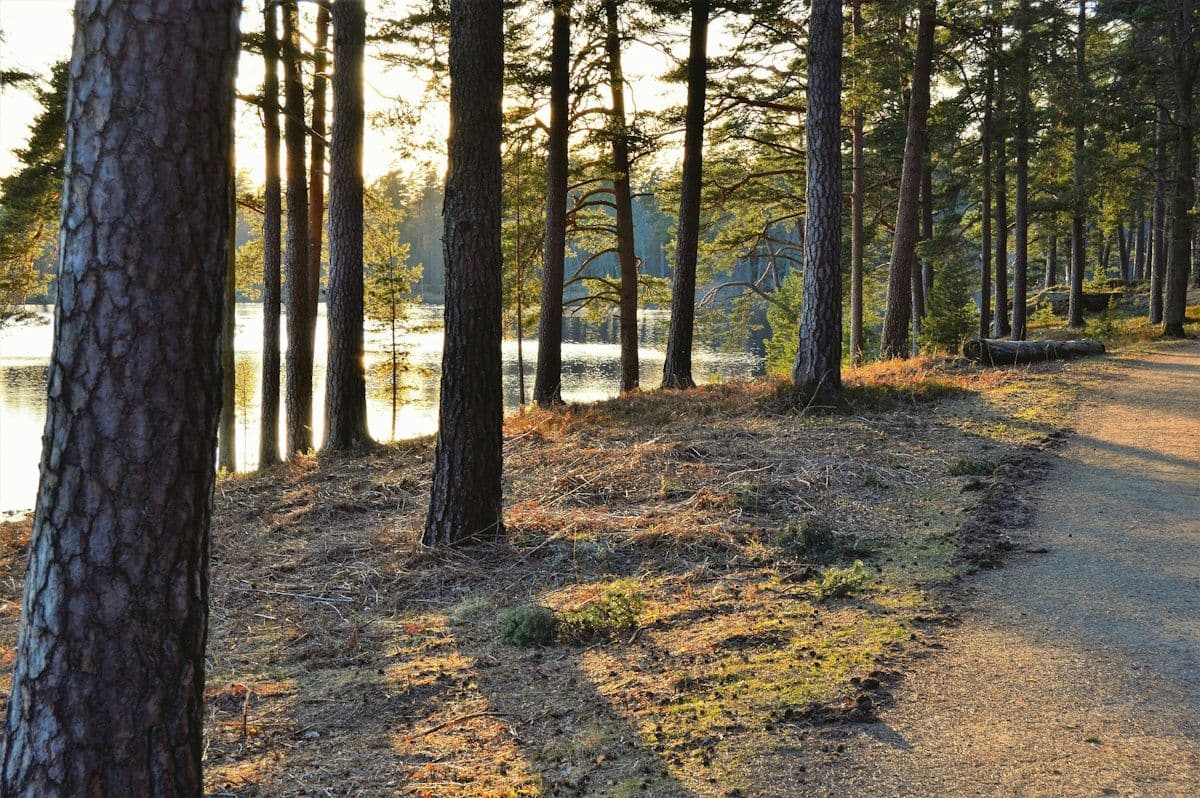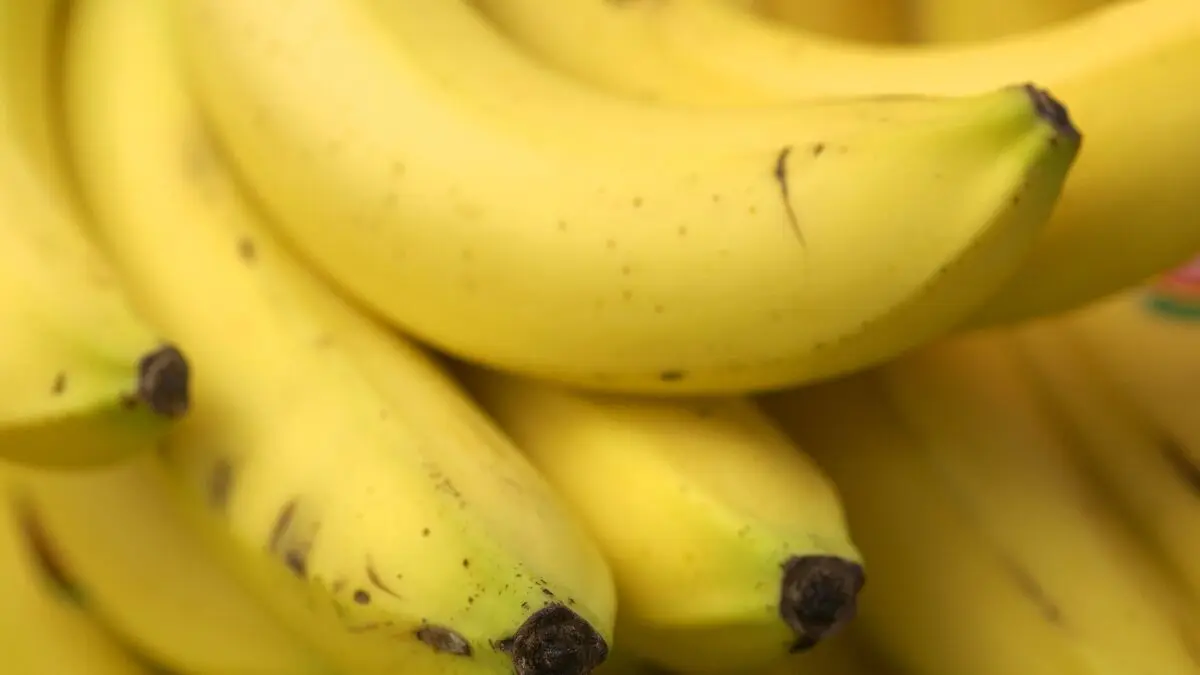In comparison, Finland, often referred to as the land of a thousand lakes, has fewer lakes larger than one hectare (100x100 meters), with 56,000 lakes compared to Sweden's 95,700 lakes, according to the Swedish Meteorological and Hydrological Institute (SMHI)
The rules for recreational fishing are regulated by the Swedish Fisheries Act (SFS 1993:787). Generally, a fishing card is required, except in the sea and the five largest lakes.
Fishing without a fishing card
Along the Swedish coastline and in the five largest lakes: Vänern, Vättern, Mälaren, Hjalmaren, and Storsjön, you can fish freely without a license, as long as you're using handheld fishing gear.
Buying a fishing card
To purchase a fishing card for different lakes, you can use the online service on iFiske.se. There, you can search for the lake you want to fish in and click on the "Fiskekort" tab to add it to your cart.
Mercury in fish in lakes
Fish from Swedish lakes may contain high levels of mercury. The County Administrative Board and municipalities have information on mercury levels in different waters. It's mainly due to industrial emissions and naturally occurring mercury that has ended up in fish. Larger fish contain more mercury, so it's recommended to release them back into the water. Eating e.g. pike, perch and pikeperch more than once a week can harm your health in the long run. You can read more about this on sportfiskarna.se.
Eating fatty fish - Dioxins and PCB
Unlike farmed salmon sold in stores, eating certain types of caught fatty fish can be harmful. Dioxins and PCB are organic environmental pollutants that have spread widely in the environment. Note that pregnant women and children are not recommended to eat fatty fish more than 2-3 times a year. Fatty fish include, among others, salmon, trout, herring, whitefish, and char. The National Food Agency's website has recommendations for eating fish caught in Swedish waters (Livsmedelsverket)
It's fun and easy to start fishing in Sweden, but think about Mercury, Dioxins and PCB in the fish if you plan to eat the fish!
Photo by Jonathan Petersson





